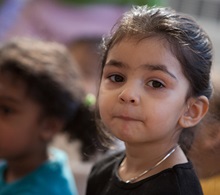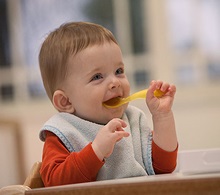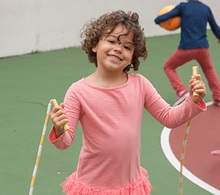 Mentoring is one of the oldest teaching methods in the world. Mentoring is really a personal coaching strategy where someone that has a specific skill or subject matter expertise works with another person to impart their knowledge in a very personal and connected way.
Mentoring is one of the oldest teaching methods in the world. Mentoring is really a personal coaching strategy where someone that has a specific skill or subject matter expertise works with another person to impart their knowledge in a very personal and connected way.
With January being National Mentoring Month, it is time for everyone to get busy in helping each other to learn something new or to master a skill they are having challenges with.
The Benefits of Mentoring
The great thing about mentoring is that it is a one-on-one learning method. When you first sat down with your kids and read them a story and they followed along with their fingers and said a word they recognized you were being a highly effective mentor.
Since mentoring is one-on-one the feedback is immediate and proactive. The learner doesn’t struggle through multiple mistakes; they are gently, positively and proactively supported so that they learn how to do the specific task or skill correctly the first time.
However, the benefits of mentoring go beyond just learning math, reading, the alphabet or how to print. It is about feeling the connection of learning and life, and also for the learning to gain self-confidence as they try to learn and master new skills.
If you stop and think about it mentoring is happening every day with your children. When you or their teachers teach them how to make cookies or how to use a new computer you are being a mentor. Kids that have this type of support are much more willing to try new things, to challenge themselves and to feel wonderful about the accomplishments that they achieve, even if they have a few difficulties along the way.
Get Involved
Talk to your child’s teachers about volunteering to come in and mentor a child. This is a wonderful way to not only help your own child see how you value school and education, but to also give to a child or small group of children that may not have an active parent in their life.
In addition, encourage your child to use mentoring services. Many schools have a “big buddy” system where children in higher grades come in and read or do basic math with a “little buddy” which is an excellent way to allow students to experience the benefits of mentoring in a very personal way.

 We all have had at least one role model in our lives. Role models are important to our psychological well-being because they help us guide us through certain decision making processes that can ultimately affect the outcome of our lives. Children often have many choices when it comes to choosing role models – most often their first role models are parents followed by other adults and relatives, such as teachers.
We all have had at least one role model in our lives. Role models are important to our psychological well-being because they help us guide us through certain decision making processes that can ultimately affect the outcome of our lives. Children often have many choices when it comes to choosing role models – most often their first role models are parents followed by other adults and relatives, such as teachers. We live in a constantly changing world. The pace of change is the most rapid that it has ever been. New products and processes are continually available and the rate at which we are exposed to new information is continually increasing. This can be overwhelming at times. Sometimes we are able to shelter our children from so much change, but often not. If it is overwhelming to us, how does it feel to children? And that is just “normal” everyday change. What about the big unexpected changes?
We live in a constantly changing world. The pace of change is the most rapid that it has ever been. New products and processes are continually available and the rate at which we are exposed to new information is continually increasing. This can be overwhelming at times. Sometimes we are able to shelter our children from so much change, but often not. If it is overwhelming to us, how does it feel to children? And that is just “normal” everyday change. What about the big unexpected changes? When is that baby going back to the hospital?” asked the preschooler to her mother holding her new baby brother.
When is that baby going back to the hospital?” asked the preschooler to her mother holding her new baby brother. “Jack will only eat white food, nothing else.”
“Jack will only eat white food, nothing else.” Do you remember having long extended periods of time outdoors where you invented elaborate play scenarios? Perhaps you played pirates or were part of a new made-up family. Maybe you planned adventures like building a fort or tried new skills like catching salamanders. Children benefit greatly from open-ended time where they are in their parents’ view but have some independence in solving problems and determining how the play proceeds.
Do you remember having long extended periods of time outdoors where you invented elaborate play scenarios? Perhaps you played pirates or were part of a new made-up family. Maybe you planned adventures like building a fort or tried new skills like catching salamanders. Children benefit greatly from open-ended time where they are in their parents’ view but have some independence in solving problems and determining how the play proceeds.